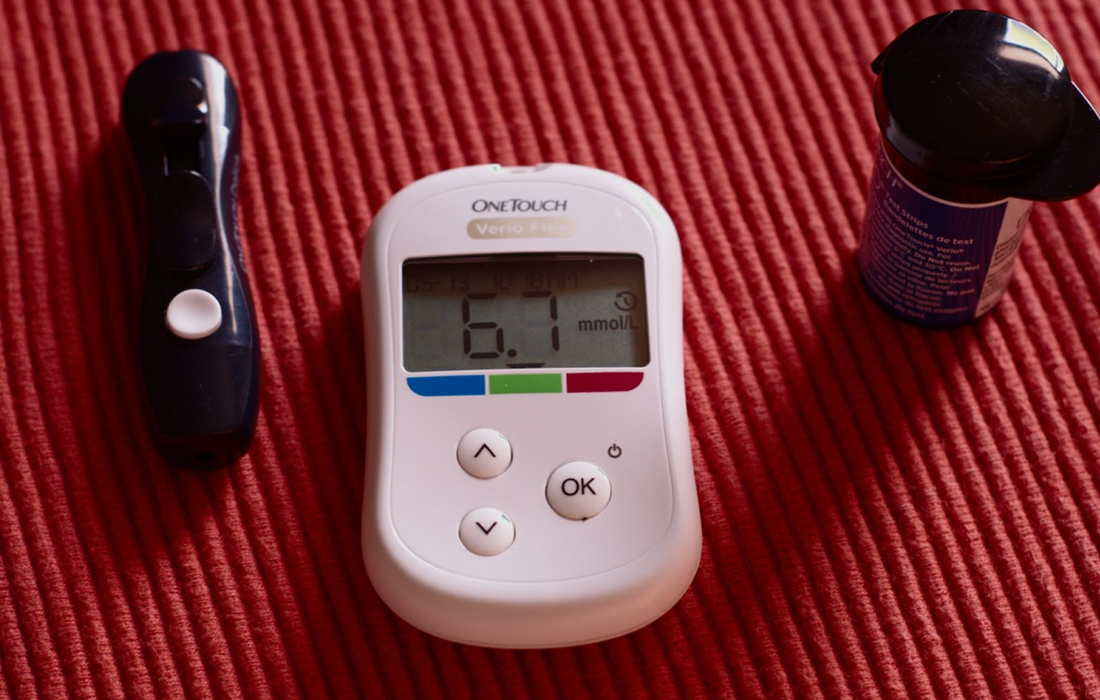Regenerative Medicine News and General Information
Monitoring Glucose Levels with Non-Invasive Methods
Noninvasive glucose monitoring devices are not currently commercially available in the United States, so people with diabetes must collect blood samples or use sensors embedded under the skin to measure their blood sugar levels. Now, with a new wearable device created by Penn State researchers, less intrusive glucose monitoring could become the norm.
The researchers constructed the device first with laser-induced graphene (LIG). With high electrical conductivity and a convenient fabrication time of just seconds, LIG appeared to be an ideal framework for the sensing device, but there was a significant caveat.
“The challenge here is that LIG is not sensitive to glucose at all,” Cheng said. “So, we needed to deposit a glucose-sensitive material onto the LIG.”
The team chose nickel because of its robust glucose sensitivity, according to Cheng.
A material with high glucose sensitivity was a priority. While the concentration of glucose in sweat is about 100 times less than the concentration in blood, the team’s device is sensitive enough to accurately measure the glucose in sweat and reflect the concentration in blood.
The nickel-gold alloy’s sensitivity allowed Cheng’s team to exclude enzymes, which are often used to measure glucose in more invasive, commercially available devices. These enzymes, however, can degrade quickly with time and changing temperatures.
“An enzymatic sensor has to be kept at a certain temperature and pH, and the enzyme can’t be stored in the long term,” Cheng said.
Nonenzymatic sensors require alkaline solution, which can damage the skin and typically limits device wearability. To curb this issue, Cheng and his team attached a microfluidic chamber to the LIG alloy. The basic solution interacts with the glucose molecules to produce a compound that reacts with the alloy. This reaction triggers an electrical signal, indicating the concentration of glucose in the sweat.
Cheng and the team plan to improve upon their prototype for future applications, including addressing how patients or clinicians may use the sensor for incremental glucose measurements or continuous monitoring to determine treatment actions, such as administering insulin.
“We want to work with physicians and other health care providers to see how we can apply this technology for daily monitoring of a patient,” Cheng said. “This glucose sensor serves as a foundational example to show that we can improve the detection of biomarkers in sweat at extremely low concentrations.”
Sources:
Jia Zhu, Shangbin Liu, Zhihui Hu, Xianzhe Zhang, Ning Yi, Kairui Tang, Michael Gregory Dexheimer, Xiaojun Lian, Qing Wang, Jian Yang, Jennifer Gray, Huanyu Cheng. Laser-induced graphene non-enzymatic glucose sensors for on-body measurements. Biosensors and Bioelectronics, 2021; 193: 113606 DOI: 10.1016/j.bios.2021.113606
Penn State. “Monitoring glucose levels, no needles required: Researchers develop first-of-its-kind wearable, noninvasive glucose monitoring device prototype.” ScienceDaily. ScienceDaily, 14 October 2021. <www.sciencedaily.com/releases/2021/10/211014172730.htm>.
Images from:
Photo by Kate
https://unsplash.com/photos/GBVRyE4PRLk

